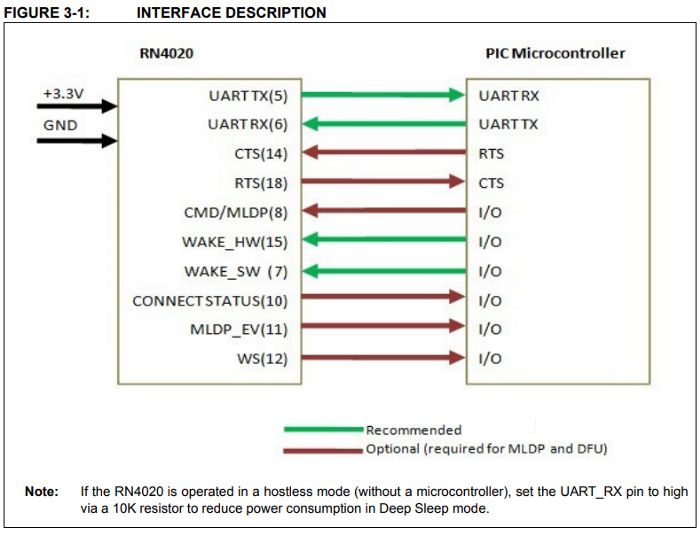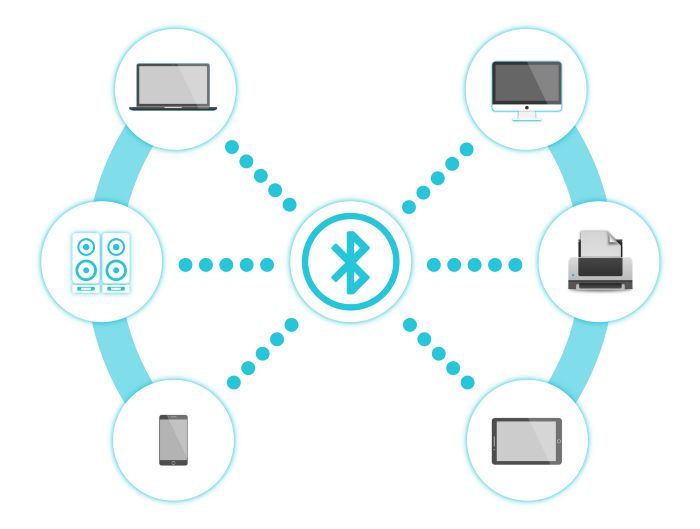When it comes to connecting any electronic project, choices you have will depends on how far you want your gadgets to connect and the source of your energy.
Want your gadget to connect only way one from your sender to your receiver? Easy. The ol’ reliable RF 433.XX MHz module available for cheap on different online stores. Maybe you need a two way communication with a little bit more range? Piece of cake, the venerable nRF24L01 series from Nordic Semiconductor can help you with that with tons of resources available online, it is easy to get started in no time. Or maybe if you want to connect it with your phone? The HC-Bluetooth modules to the rescue! With plenty of options to choose from, from the HC05/06 with Bluetooth 2/2.1, which are very popular among the hobbyist community and tinkerers.
For my project I wanted to try a different approach, instead of using devices used mostly by hobbyist, I decided to use the ‘big boys ICs’. I needed to send the data over my computer from my data logging device to better visualize it and analyze it later, and although my PC featured Bluetooth capabilities, I wanted to create a device to provide Bluetooth functionality, in case I wanted to use it on a computer without it and not did not feel like fiddle around with Windows BLE APIs.
A quick search of “Bluetooth Module” in Mouser provides me the following results:

Wow! That’s too many results, let’s try to narrow our search a bit…

Checking out some of the results there seems to be a prevalent proposition from manufacturers like Silicon Labs, Cypress Semiconductor, Taiyo Yuden, Microchip. But we need to find something in good enough quantities so we aren’t left without stock, with good documentation, example usage and a good demo.
And some offerings from Microchip seemed to fit the bill pretty well, specially the RN4020, a first look into the IC’s datasheet and user manual provides valuable information on how easy this device is to use (sort of).

While Bluetooth Low Energy provides much lower power consumption than the standard Bluetooth classic, it does not offer a standardized way to transmit data over the air, so manufacturers are left to themselves or to end user to find a way to do so, Microchip developed their own called Microchip Low-energy Data Profile (MLDP) which in a nutshell is a private profile to ease the burden.
#ble-modules #electronics #rn4020 #bluetooth #bluetooth-module #windows-ble-apis #diy-electronics #diy
